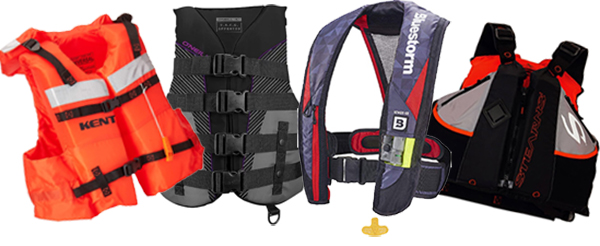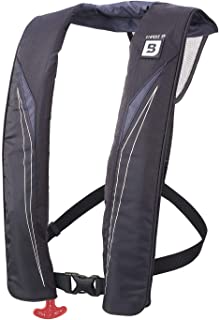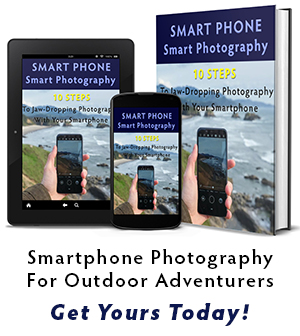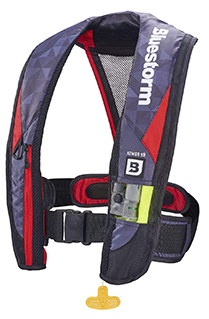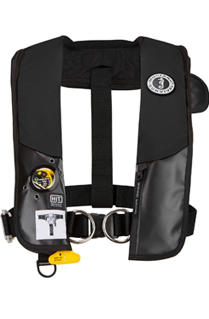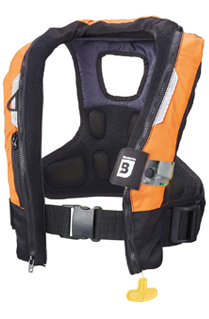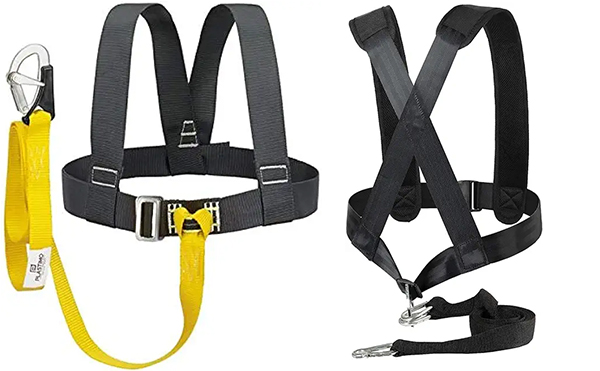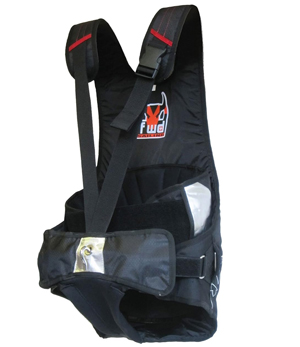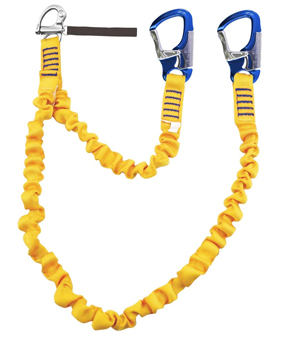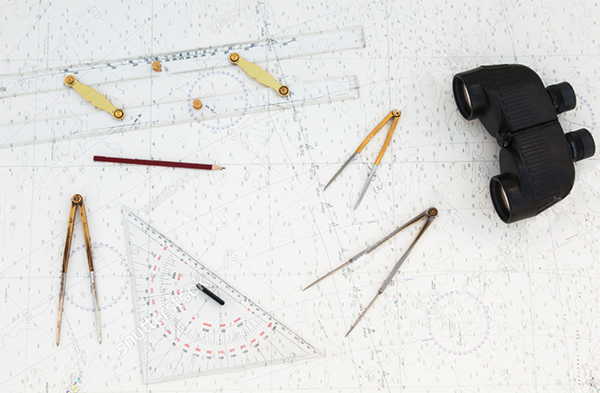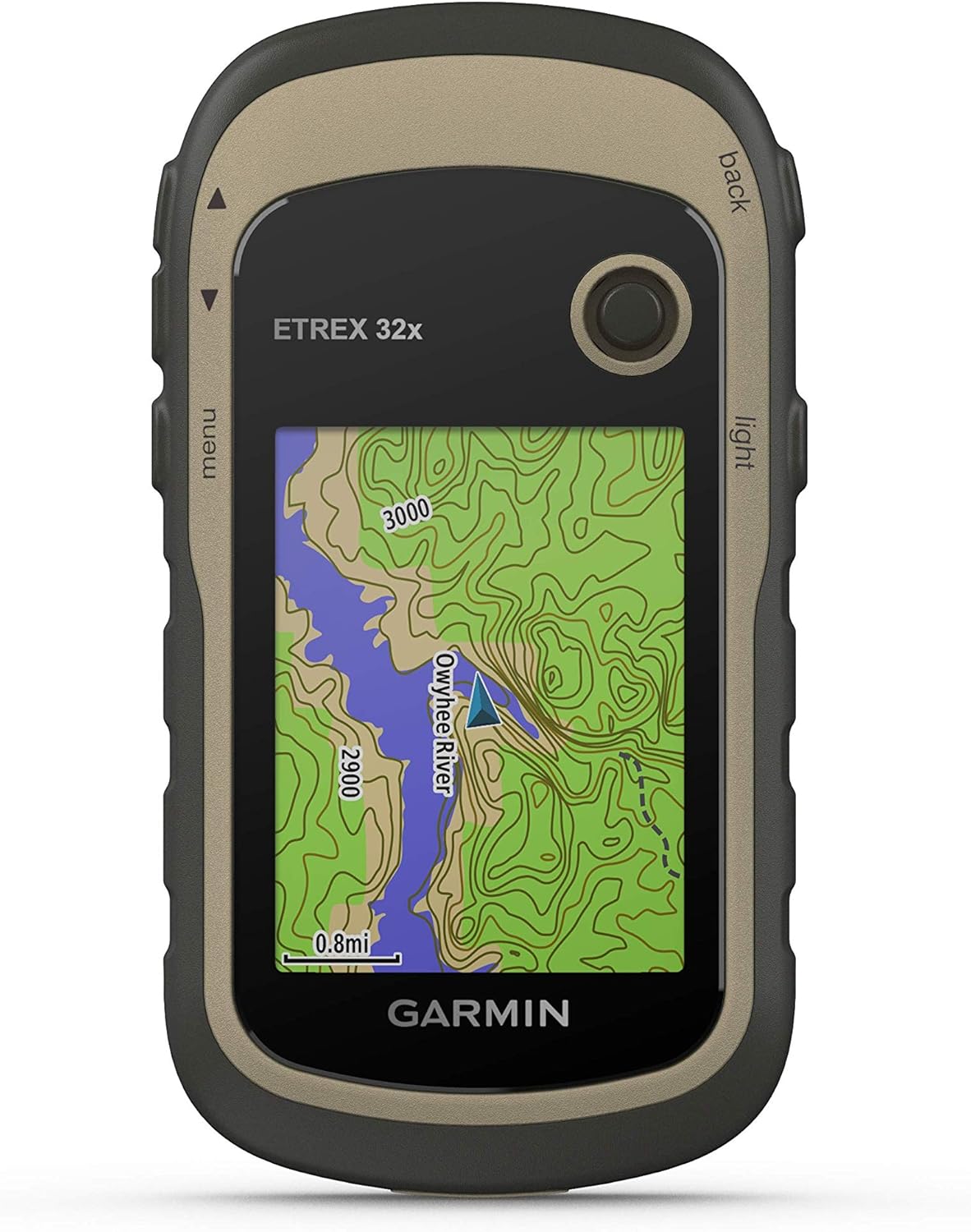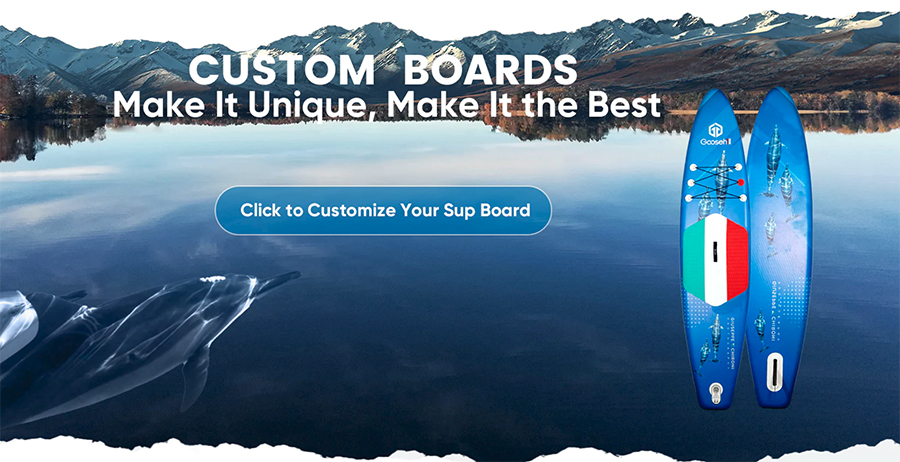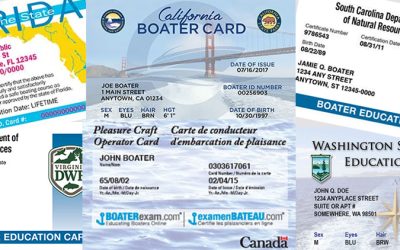The Importance Of Essential Sailing Gear For Beginners
Sailing, as a recreational activity, offers a unique and exhilarating experience on the water. It is a sport that combines skill, strategy, and an appreciation for nature’s elements. Whether you are sailing on a lake, river, or the open sea, the feeling of gliding through the water powered by wind is truly extraordinary.
For beginners looking to dip their toes into sailing, it is important to understand the basic principles and equipment involved in this exciting adventure. Sailing requires more than just a boat; it necessitates essential sailing gear for beginners designed to ensure safety and enhance your overall experience.
Sailing gear recommendations for newbies typically includes a variety of items that provide protection, aid navigation, and assist in handling different situations that may arise while out at sea. One of the most important aspects of beginner sailing gear is ensuring personal safety.
There are so many beautiful sailing destinations for beginner sailors and having the right gear will only enhance that experience.
This site uses affiliate links which may earn a commission at no additional cost to you
What Are The Essential Sailing Gear For Beginners?
1. Safety Gear
Sailing, especially for beginners, demands a keen understanding of the importance of proper safety gear. The open waters present a myriad of unpredictable challenges, making it essential for novices to prioritize their safety through the use of appropriate equipment.
One of the fundamental components of sailing safety is the life jacket. As a beginner, wearing a properly fitted life jacket can be a lifesaving decision, providing buoyancy and ensuring one stays afloat in case of an unexpected fall overboard or adverse weather conditions.
Safety gear not only enhances personal safety but also instills confidence and enables you to fully enjoy the exhilarating experience of sailing.
Here are the top recommendations for safety gear.
1. Life Jackets - Essential Sailing Gear For Beginners
The Importance Of Wearing A Life Jacket
Stepping onto a sailboat for the first time is exhilarating. The wind whispers in the sails, the sun warms your face, and the vastness of the water stretches before you.
But amidst the thrill, remember this: your safety is paramount. And the key to staying afloat, literally and figuratively, is wearing a life jacket.
It’s not a maybe, it’s a must. Think of your life jacket as your invisible co-pilot, always ready to keep you afloat if things take an unexpected turn. Beginners are more prone to losing their balance, encountering unexpected waves, or getting caught in sudden weather changes.
Comfort and confidence. Modern life jackets come in sleek, comfortable designs that move with you, not against you. They’re far from the bulky, restrictive vests of the past. You’ll be able to tackle sheets, handle lines, and even enjoy the scenery without feeling hindered. And knowing you’re protected boosts your confidence, allowing you to fully embrace the joys of sailing.
Types Of Life Jackets Suitable For Sailing
There are several types of life jackets suitable for sailing, each with its own advantages and disadvantages. Here’s a breakdown to help you choose the best one for you:
1. Inherent Buoyancy Life Jackets:
Description: These are the traditional life jackets made with foam blocks or panels for floatation. They come in various styles, from bulky offshore vests to sleek, low-profile designs for coastal sailing.
Advantages:
- Durable and reliable: Not susceptible to punctures or malfunctions.
- Always ready to use: No need for inflation or maintenance.
- Comfortable for long periods: Provide good freedom of movement.
Disadvantages:
- Can be bulky and warm: May feel restrictive in hot weather.
- Less range of buoyancy: May not be suitable for rough waters or unconscious wearers.
2. Inflatable Life Jackets:
Description: These life jackets have chambers that inflate with CO2 cartridges or oral inflation. They come in manual, automatic, and hybrid models.
Advantages:
- Lightweight and compact: Comfortable to wear for extended periods, especially in hot weather.
- High buoyancy: Provide more lift than inherent buoyancy jackets, making them suitable for rough waters and unconscious wearers.
- Some models have additional features: Like spray hoods, pockets, and lights.
Disadvantages:
- Can be susceptible to punctures: May not be as reliable as inherent buoyancy jackets in extreme conditions.
- Manual inflation models require user activation: Not ideal for unconscious wearers.
3. Hybrid Life Jackets:
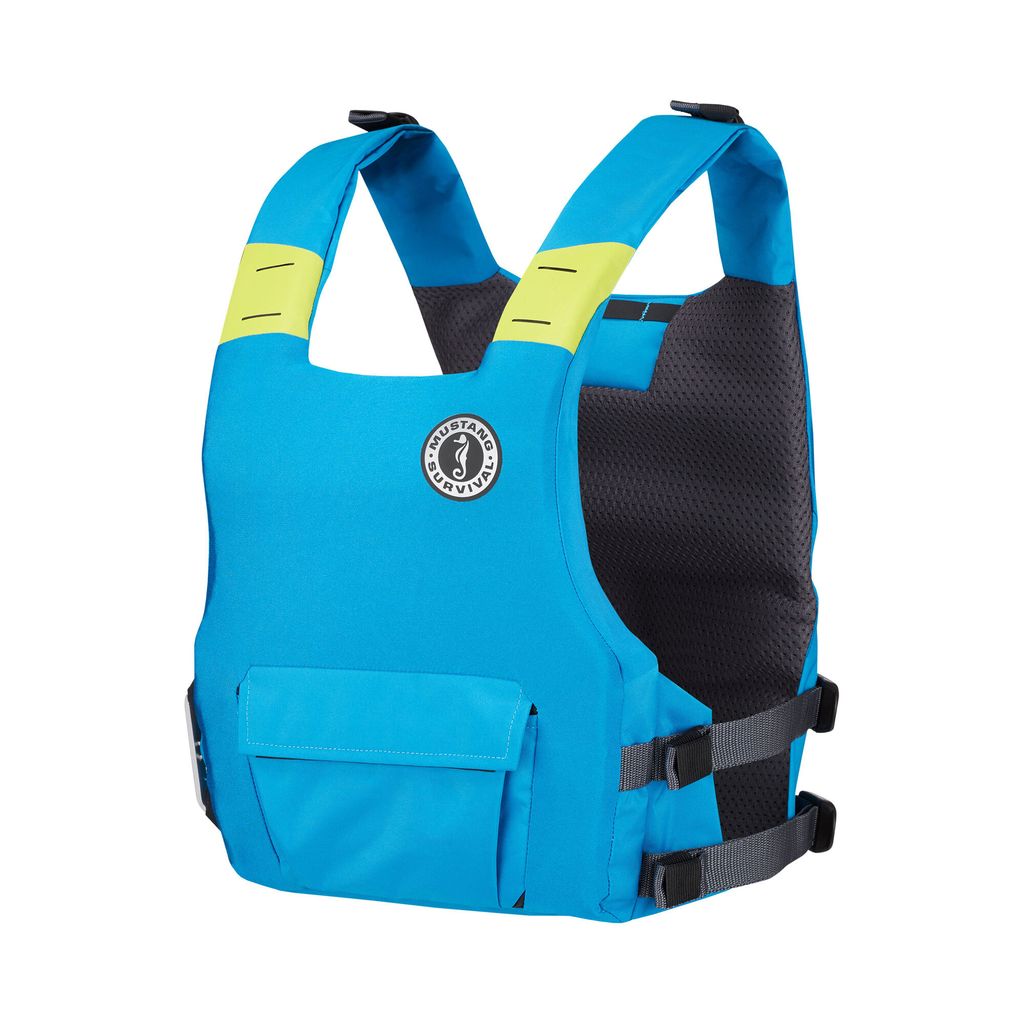
Description: These combine features of both inherent buoyancy and inflatable jackets. They typically have foam panels for basic flotation and an inflatable chamber for additional lift.
Advantages:
- Offer the benefits of both types: Comfort and reliability of foam with the high buoyancy of inflatables.
- Good option for unpredictable conditions: Suitable for both calm and rough waters.
Disadvantages:
- Bulkier than inflatable jackets: May not be as comfortable in hot weather.
- More complex to maintain: Require checking both foam and inflation components.
-
Choosing the Right Life Jacket:
The best life jacket for you will depend on your sailing conditions, experience level, and personal preferences. Here are some factors to consider:
Sailing area: Choose a jacket with sufficient buoyancy for the expected conditions. Offshore sailing requires more buoyancy than coastal sailing.
Swimming ability: If you’re not a strong swimmer, choose a jacket that will automatically turn you face-up in the water.
Frequency of use: If you sail often, choose a comfortable jacket that you’ll enjoy wearing.
Budget: Life jackets vary in price, so set a budget before you start shopping.
No matter what type of life jacket you choose, the most important thing is to make sure it fits properly and is US Coast Guard approved. Always try on a life jacket before you buy it, and make sure it’s snug but not too tight. You should be able to move freely and breathe comfortably.
2. Harness & Tether - Essential Sailing Gear For Beginners
As a beginner sailor, understanding the importance of using a harness and tether is paramount for ensuring personal safety and preventing accidents.
A harness and tether system serves as a crucial lifeline, connecting sailors to the vessel and preventing them from falling overboard, especially in adverse weather conditions or unexpected maneuvers.
One of the primary advantages of a harness and tether is the enhanced mobility and security they provide on the deck.
Navigating a sailing vessel often involves moving about on unstable surfaces, and the harness allows beginners to move around the deck confidently without the fear of being swept away by the motion of the boat.
Tethers, typically attached to strong points on the boat, keep sailors securely tethered, minimizing the risk of accidental falls.
The Importance Of Wearing A Safety Harness And Tether
Think of it like this: the ocean is vast and unforgiving. One moment you’re adjusting a sail, the next, a sudden gust could send you tumbling over the edge.
A life jacket is vital, but it won’t keep you tethered to the boat. That’s where your harness and tether step in, acting as your invisible safety net.
A snug harness comfortably distributes the force of a fall, while the tether, like a lifeline, keeps you close to the boat. Imagine it as a leash for your adventurous spirit, giving you freedom to explore the deck while preventing a disastrous dip.
And it’s not just about one-time accidents. Beginners often find their sea legs slowly, leading to stumbles and wobbles. A tether acts as a gentle reminder of your balance, allowing you to regain your footing without the fear of disappearing overboard.
Types Of Safety Harness And Tether Suitable For Sailing
Sailing harnesses are essential safety equipment for anyone spending time on a sailboat, especially in rough conditions or offshore. They connect you to the boat via a tether, preventing you from going overboard in case of a fall.
HARNESSES
1. Integrated PFD Harnesses:
- These combine a life jacket (PFD) and harness into one unit.
- They’re convenient and comfortable to wear for long periods.
- Popular choices for coastal cruising and racing.
- May not be as buoyant as some life jackets.
2. Stand-alone Harnesses:
- Worn over a separate life jacket.
- Standalone Harness sailing
- Offer more flexibility and adjustment options.
- Preferred for offshore sailing and extreme conditions.
- Can be bulkier and less comfortable than integrated harnesses.
3. Trapeze Harnesses:
- Designed for trapezing, where the sailor hangs suspended from a wire to increase leverage and power.
- Have a high back and leg straps for support.
- Not intended for general use or fall protection.
TETHERS
Tethers are the lines that connect your harness to a fixed point on the boat, typically a jackline (track or line running along the deck) or padeye (strong metal loop).
Here are the main types of tethers:
1. Double-lanyard Tethers:
-
Most common type, consisting of two lanyards connected by a swivel.
-
One lanyard is short for clipping around the boat, the other longer for moving around while clipped in.
-
Offer redundancy and versatility.
2. Single-lanyard Tethers:
-
Have a single long lanyard with a quick-release mechanism.
-
Simpler and lighter than double-lanyards, but less versatile.
-
Good for coastal sailing or activities with limited movement.
3. Elastic Tethers:
- Incorporate bungee sections to absorb shock and reduce strain on the wearer and attachment points.
- Provide more freedom of movement but may not be suitable for all situations.
Choosing the right harness and tether depends on several factors, including:
- Type of sailing you do (coastal cruising, offshore racing, etc.)
- Conditions you typically sail in (calm waters, rough seas, etc.)
- Personal preferences and comfort
Remember, it’s crucial to choose certified harnesses and tethers that meet safety standards and are appropriate for your sailing activities. Always inspect your equipment before each use and replace it if damaged.
2. Clothing - Essential Sailing Gear For Beginners
Imagine this: you’re out on your first sailing adventure, the sun is shining, the wind is whipping through your hair, and… you’re freezing cold and miserable because your clothes are soaked through. Not exactly the idyllic sailing experience you envisioned, right?
Think of it this way: sailing throws a whole all the elements of nature at you - Sun, wind, water, and unpredictable temperatures – your clothes need to be your protection, not your adversary.
Remember, the right clothing is an investment in your comfort, safety, and ultimately, your enjoyment of sailing. It’s the difference between feeling miserable and cold, and relishing every moment on the water.
With the right outfit, you’ll be ready to conquer the waves, embrace the wind, and experience the unparalleled joy of sailing
Layering Up: Why Proper Clothing Makes or Breaks Your Sail
Layering your clothing for sailing isn’t just about adding more clothes. It’s about creating a flexible system that adapts to the ever-changing conditions on the water. Think of it like building a wall against the elements, one layer at a time.
The Base Layer: Your Second Skin
Closest to your body, the base layer wicks away sweat and keeps you dry. Cotton is a big no-no here! Opt for synthetic or wool fabrics that wick moisture away from your skin, preventing that clammy feeling.
The Mid Layer: Trapping Warmth
Next comes the mid layer, your insulation against the wind and chill. Fleece jackets, wool sweaters, or even puffer vests are great choices, depending on the temperature. Remember, breathability is crucial. You want to trap warmth without getting stuck in a sauna.
The Outer Shell: Your Fortress Against the Elements
This is your frontline defense against wind, rain, and spray. A good waterproof and windproof jacket and pants are essential. Look for features like taped seams and breathable membranes that let moisture escape while keeping the water out.
Types Of Materials Used For Waterproof And Windproof Clothing
Gore-Tex®: The gold standard for waterproof and breathable membranes, offering excellent protection from the elements while allowing moisture vapor to escape.
Nylon and Polyester: Durable and lightweight fabrics, often treated with DWR for water resistance. They’re more affordable than Gore-Tex® but may not be as breathable.
Merino Wool: A natural material that wicks moisture, insulates even when wet, and resists odors. Perfect for base layers and mid-layers.
Polartec®: A synthetic fleece fabric known for its warmth, breathability, and quick-drying properties. Ideal for mid-layers.
1. Waterproof Shirts
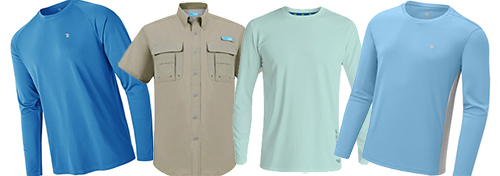
Here’s where waterproof shirts become a must-have on the water, especially for beginner sailors. They’re more than just fashion statements; they’re essential gear for ensuring a comfortable and confident experience. Let’s dive into why:
1. Dry and Cozy, Whatever the Splash: Whether it’s a light spray or a full-on drenching, a good waterproof shirt keeps you dry. This means no chills, no clamminess, and no ruined outfits
2. Enhanced Comfort and Focus: Wet clothes are uncomfortable and distracting. A waterproof shirt eliminates that, letting you focus on enjoying the sail.
3. Sun Protection for Days (and Sprays): Many waterproof shirts offer UPF protection, shielding your skin from harmful UV rays. This is crucial for sunny days at sea, protecting you from sunburn and keeping you comfortable under the relentless sun.
4. Breathable Barrier for Maximum Freedom: Forget stifling rubber suits! Modern waterproof shirts use advanced fabrics and technologies that let your skin breathe, preventing claustrophobic overheating and ensuring you stay cool and collected, even during active sailing.
5. Layering Hero: Waterproof shirts play nicely with layers. They can be your go-to top layer on warm days or paired with base layers and mid-layers for cooler weather voyages.
Check Out These Recommended Waterproof Shirts
2. Waterproof Pants And Shorts

Waterproof pants and shorts are more than just optional gear - they’re essential for a safe and comfortable experience.
Here’s why they’re crucial for beginner sailors:
1. Stay Dry and Warm: Whether it’s a light spray or a full-blown drenching, waterproof pants and shorts keep you dry, preventing chills and discomfort. This is especially important for beginners who might spend more time getting acquainted with the boat than seasoned sailors.
2. Protect Yourself from the Sun: Many waterproof shorts offer UPF protection, shielding your legs from harmful UV rays. This is particularly helpful on long sunny days at sea, preventing sunburn and keeping you comfortable.
3. Minimize Gear Changes: Unlike raincoats that come on and off, waterproof pants and shorts stay put, eliminating the need for constant gear changes. This is especially convenient for beginners who are still learning the ropes and want to focus on enjoying the sail..
Check Out These Recommended Waterproof Pants And Shorts
3. Sailing Shoes
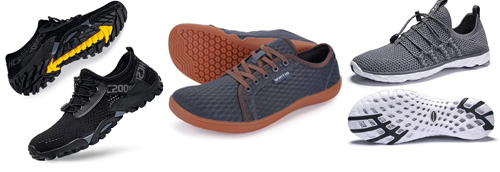
When it comes to sailing, one of the most crucial aspects for beginners is having the right footwear. Non-slip footwear is essential to maintain grip and stability on a moving boat. The last thing you want is to slip and fall while trying to navigate the deck or handle the sails.
Sailing shoes have non-slip soles with good traction, providing the grip you need to navigate safely, even in choppy conditions. This means increased stability and confidence.
Sailing involves standing, moving, and adjusting constantly. Sailing shoes offer excellent support and cushioning, ensuring your feet stay comfortable throughout the day. This prevents fatigue, blisters, and aches, allowing you to fully enjoy the journey
Investing in a quality pair will not only enhance your comfort but also contribute significantly to your overall safety and confidence while enjoying the wonders of sailing
Choosing the Right Sailing Shoes:
- Material: Opt for breathable and water-resistant materials like leather, canvas, or synthetic fabrics with DWR coatings.
- Sole: Choose a non-slip sole with good traction, like rubber or siped soles.
- Fit: Ensure a snug but comfortable fit that allows for movement without being constricting.
- Features: Consider extras like ankle support, lace-up closures, or drainage holes for added functionality.
Check Out These Recommended Waterproof Pants And Shorts
4. Sailing Gloves
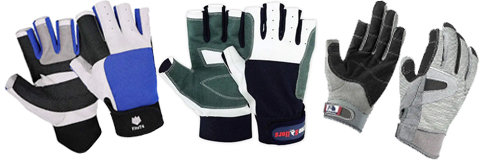
For a novice sailor, stepping onto the deck for the first time can be an exhilarating yet overwhelming experience. But amidst the excitement, there’s one often overlooked detail that can make all the difference for your experience: sailing gloves.
While they might seem like an optional accessory, sailing gloves are truly essential gear for beginner sailors, offering a vital protection for your hands and enhancing your confidence and enjoyment on the open water.
Let’s highlight the reasons why:
1. Grip, Glorious Grip: Wet decks, slippery lines, and unpredictable waves can turn your hands into clumsy fumbles. But with non-slip palms and fingertip grip, sailing gloves transform every hold and tug into a controlled maneuver.
2. Blister Buster: Repetitive tasks like hauling lines and adjusting sails can quickly turn into a recipe for painful blisters. Sailing gloves, with their padded palms and reinforced areas, act as a buffer between your delicate skin and the harsh realities of nautical life.
3. Sun Savior: The sun is a friend on the water, but its UV rays can be unforgiving. Many sailing gloves offer UPF protection, shielding your hands from harmful sun exposure. This is especially important for beginners who might spend longer hours exploring and adjusting to the environment.
4. Warm Welcome: Not all sailing adventures are blessed with balmy weather. Chilly winds and cold spray can quickly turn your fingers from nimble to numb. Sailing gloves, often built with insulating materials and water-resistant coatings, keep your hands warm and dry, even when the elements turn chilly.
Choosing the Right Gloves:
- Material: Opt for breathable and durable materials like leather, canvas, or synthetic fabrics with DWR coatings.
- Fit: Ensure a snug but comfortable fit that allows for movement without being constricting.
- Features: Consider extras like wrist closures, touchscreen compatibility, and reinforced fingertips for added functionality
3. Navigation Tools - Essential Sailing Gear For Beginners
1. Essential Navigation Tools For Beginner Sailors
For beginner sailors, proper navigation tools are not just gadgets; they are keys to safety, confidence, and ultimately, unlocking the freedom of the open water. It’s like having a trusty map, a reliable compass, and a lifeline to the outside world, all tucked into your sailing toolbox
Don’t rely solely on technology! Traditional navigation skills are timeless assets, especially in case of electronic failures.
Embrace the learning process, and enjoy the satisfaction of navigating by the stars or reading the language of the wind. Remember, the sea rewards the prepared, and proper navigation tools are the keys to unlocking its endless wonders.
The essential navigation tools for sailing depend on several factors, including your experience level, the type of sailing you’ll be doing, and the range of your trips. However, some tools form the core of safe and confident navigation for most beginner and intermediate sailors:
1. Nautical Charts: These are detailed maps of the sea, showing coastlines, depths, hazards, and points of interest. Learning to read and interpret charts is the foundation of all traditional navigation. They work even if electronics fail, making them an essential backup.
2. Compass: Your trusty north-pointing guide, allowing you to maintain your course, track changes in direction, and navigate using bearings from landmarks. A reliable compass is crucial for independent navigation, especially beyond visual range of land.
Check out the handheld marine compass
3. Basic Navigation Tools: These might include dividers for drawing lines on charts, and parallel rulers for plotting courses. While some modern tools can replace these, understanding their functions can enhance your overall navigation skills.
Check out the navigations tool kit
4 . Marine Binoculars: Enhance your situational awareness by spotting landmarks and potential hazards early.
Check out the marine binoculars
5. Marine VHF Radio: a marine VHF becomes your instant connection to emergency services. With a single radio call, you can contact the Coast Guard, nearby vessels, or other authorities for immediate assistance.
6. Handheld Marine GPS:
7. Writing Tools and Logbook: While not strictly a navigation tool, keeping a logbook with your course, speed, observations, and weather conditions is invaluable. It can help you track your progress, identify patterns, and be crucial in case of emergencies. Additionally, a simple pencil and paper can be lifesavers if electronic devices fail.
Remember: The best navigation toolset is a combination of traditional skills and modern technology. Learn to use each tool effectively, understand their limitations, and never rely solely on one source. With proper knowledge and preparation, you can confidently chart your course and enjoy the freedom and beauty of the open water.
Additional Tips:
- Consider your sailing area: Different areas may require different tools, so research local regulations and hazards.
- Start with the basics: Master traditional navigation skills before relying heavily on technology.
- Practice regularly: The more you use your tools, the more comfortable and confident you’ll become.
2. Why Understanding Waterways and Hazards is Crucial for Beginner Sailors
For a beginner sailor, being out on the open water can be both exhilarating and intimidating. While the wind whispers promises of adventure, the unknown depths hold potential dangers. It’s in this realm where understanding waterways and identifying potential hazards becomes more than just nautical knowledge; it becomes a lifeline for safe and confident navigation.
1. Knowing the Terrain: Imagine driving through a foreign city without a map. That’s essentially navigating unfamiliar waters without understanding the tides, currents, and underwater features.
Tidal patterns can sweep you off course or strand you on a sandbar. Strong currents can become invisible adversaries, pulling your boat in unpredictable directions. Underwater hazards like reefs and rocks can lurk beneath the seemingly calm surface, posing a serious threat to your vessel.
By understanding the specific characteristics of the waterways you’re sailing, you can plan your route accordingly, avoid these dangers, and navigate with confidence.
2. Weathering the Storm: The ocean is a dynamic entity, and its moods can change as quickly as the wind. For a beginner, sudden storms or rough seas can be overwhelming.
Understanding weather patterns and interpreting weather forecasts becomes crucial. Knowing how to read the clouds, interpret wind shifts, and predict squalls can help you make informed decisions about your course, reef sails, or even seek shelter before the storm hits.
3. Maneuvering the Maze: Navigating busy waterways can be a nerve-wracking experience for a beginner. Large vessels, smaller boats, and even recreational users all share the same space.
Understanding maritime rules of the road (the COLREGS) becomes essential to avoid collisions and ensure the safety of everyone on the water. Knowing how to interpret lights and signals, maintain proper spacing, and communicate effectively with other vessels can turn a potentially chaotic situation into a smooth and safe passage.
Bonus Tip: Practice makes perfect! Whether it’s through sailing courses, joining local clubs, or simply spending time on the water, the more you learn and practice, the more comfortable and confident you’ll become navigating the waterways.
3. Navigating the Unknown: Demystifying Nautical Charts for Beginner Sailors
For the uninitiated, nautical charts can appear daunting, a maze of cryptic symbols and seemingly endless numbers. But fear not, budding mariners! Understanding these charts is a key skill, and with a bit of guidance, it becomes an accessible gateway to unlocking the secrets of the sea.
Charting the Course: A Layman’s Guide
Imagine a map, but instead of roads and cities, it depicts underwater mountains, hidden reefs, and shifting sandbars. That’s the essence of a nautical chart. It portrays the underwater terrain, marking depths, hazards, and navigational aids with a unique visual vocabulary.
Think of the lines as contours, similar to those on a land map, but instead of elevation, they show the depth of the water. Numbers scattered throughout the chart pinpoint specific depths, while shaded areas indicate shallows or potential dangers.
But charts are more than just bathymetry. They also showcase navigational aids, like lighthouses, buoys, and electronic beacons, depicted by distinct symbols. Understanding these symbols is crucial, as they guide your way through channels, warn of obstacles, and mark safe harbors.
Charting Your Path: From Theory to Practice
Now, armed with this basic understanding, let’s plot a course! Imagine you’re sailing from Point A to Point B. Using a chart, you can:
- Identify your location: Determine your position by triangulating your bearings from nearby landmarks or using electronic positioning systems.
- Plan your route: Choose a safe path, avoiding shallows, reefs, and other hazards marked on the chart.
- Monitor your progress: Track your course by referencing your position against the chart’s landmarks and depth readings.
- Anticipate dangers: Be aware of potential obstacles, like shifting currents or sudden weather changes, marked on the chart.
The Art of Chartmanship: A Skill to Master
Understanding nautical charts isn’t just about memorizing symbols; it’s about developing a spatial awareness and a respect for the ever-changing sea. As you gain experience, you’ll learn to interpret subtle nuances, anticipate tidal shifts, and even predict weather patterns based on chart markings.
Remember, a nautical chart is a tool, not a guarantee. Always prioritize safety first, double-check your calculations, and never hesitate to consult experienced sailors or use electronic aids.
Gearing Up for Great Adventures: Preparedness Is Your Ticket To Unforgetable Experiences
Imagine the thrill of unfurling the sails, feeling the wind propel you across the water. But for a beginner sailor, that exhilarating moment can be quickly overshadowed by discomfort, insecurity, or even danger if they’re not equipped with the right gear.
Think of your gear as your trusty companion on the water. It’s not just about looking the part; it’s about creating a safe and comfortable foundation for your sailing journey. The right equipment empowers you to focus on the magic of sailing, not on battling blisters, fending off chills, or wrestling with anxieties.
Safety First:
Proper gear is your first line of defense against the inherent risks of the sea. A life jacket isn’t just a legal requirement; it’s a lifeline. Sun protection shields you from the sun’s relentless glare, preventing sunburn and fatigue. And non-slip footwear ensures your feet stay firmly planted on the deck, even in rough conditions.
Comfort is Key:
Sailing isn’t about enduring discomfort. The right gear, like breathable layers and quick-drying fabrics, keeps you cool and dry, allowing you to move freely and focus on learning the ropes. Proper gloves protect your hands from rope burns and blisters, while a hat shields your face from the sun’s harsh rays.
Confidence through Preparedness:
Beyond physical comfort, the right gear boosts your confidence. Knowing you’re equipped with a headlamp for navigating nighttime emergencies or a multitool for fixing minor glitches empowers you to handle unexpected situations with calm and composure.
Embrace the Adventure:
Sailing is an adventure, and the right gear is your passport to enjoying it to the fullest. It allows you to focus on the joy of the wind in your hair, the spray of the waves, and the stunning beauty of the open water. With proper equipment, you can tackle challenges with confidence, leaving worries behind and embracing the pure exhilaration of sailing.
So, before you set sail, remember: your gear is your partner in this nautical adventure. Invest wisely, choose wisely, and let the right equipment pave the way for a smooth, safe, and unforgettable sailing experience.
Check Out Related Posts
Spring Break 2024: Top Spring Break Boat Charter Destinations
Spring break boat charters offer a refreshing twist on the traditional spring break experience, providing an escape from the crowds and chaos often associated with this time of year. While the typical image of spring break may evoke scenes of crowded beaches and rowdy...
9 Best Boating Lakes in Florida: The Complete Guide To Fun In The Sun
Welcome to Florida, where the sun dances on the water and adventure awaits around every bend of its countless lakes. In this aquatic paradise, boating enthusiasts find themselves spoiled for choice, with an array of the best boating lakes in Florida offering endless...
How To Get A Boating License In 2024 - (U.S And Canada)
Having a boating license is of utmost importance for anyone who wishes to operate a watercraft, regardless of its size or type. Whether you are planning to navigate a pontoon boat, jet ski, sailboat, or any motorized vessel, understanding the significance of obtaining...


